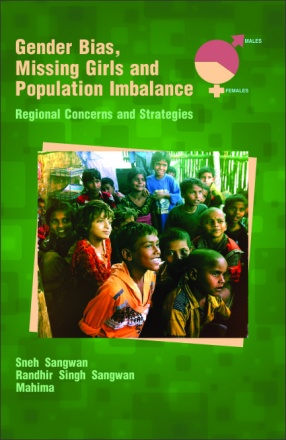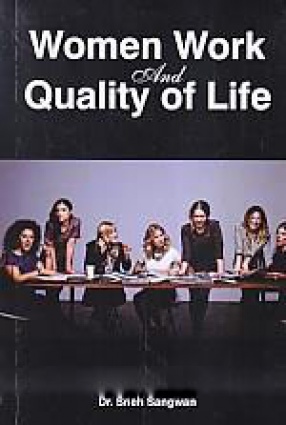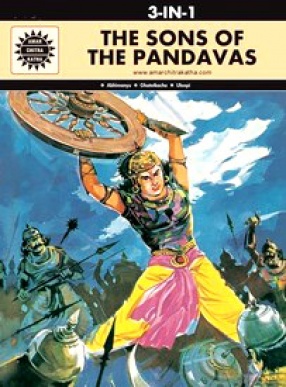Even in 21st century, sex imbalance, sex discrimination, female foeticide, and sex selective abortions continue unabated despite the efforts made by governments (Union as well as State) from time to time. The book, based on empirical research, is intended to examine differentials in sex composition and to plead for balancing of population sex component with specific reference to the State of Haryana, which always stood for adverse sex ratio, indicating status of women in the society.
This volume raises the emotive issue of thousands of missing girls in a developed State of Haryana who fail to appear on the social scene even before their birth. The girls are being aborted at a massive scale in recent decades simply for a strong desire to have a son. This raises many questions: Does the issue of son preference still dominate the scene in a patriarchal society, despite the substantial progress in female literacy? Does the gender bias still persists among the educated and better off sections of society? Are the sex selective technologies helping the couples to achieve the desired family size and sex composition? To answer these questions, it is imperative to highlight the socioeconomic and cultural factors responsible for daughter discrimination and the resulting implications.
The present book very succinctly has intended to emphasize the importance of population sex balance in improvement of regional socioeconomic systems and to suggest strategies to achieve the same, based on adequate comprehension of conceptual grasp and analytical discourse on socioeconomic and demographic characteristics of regional population, perception and awareness among people, issues and concerns of skewed child sex ratio.








There are no reviews yet.